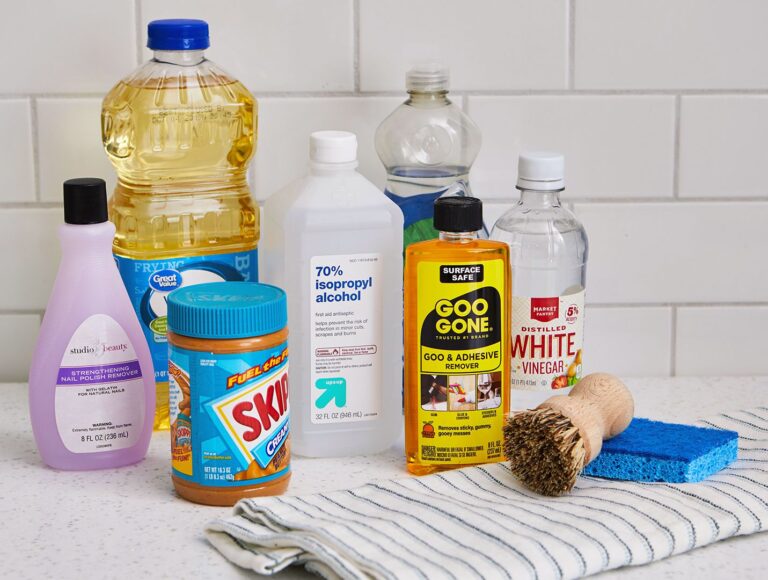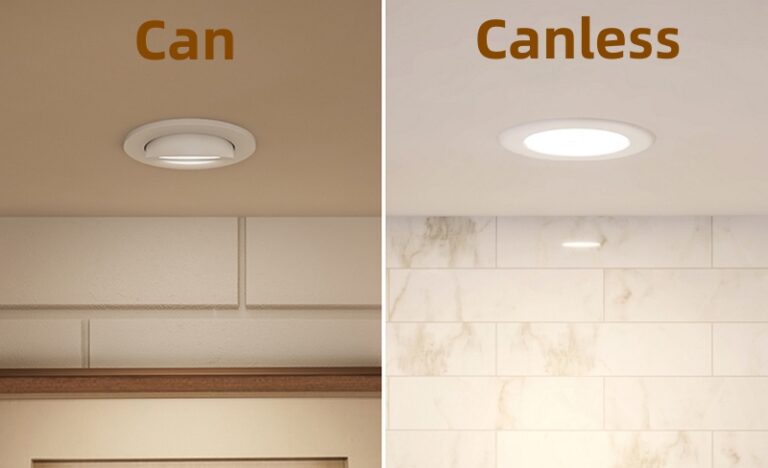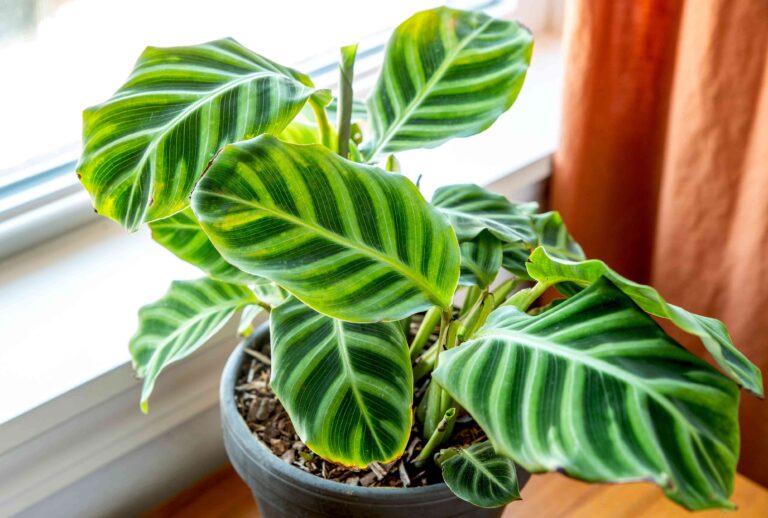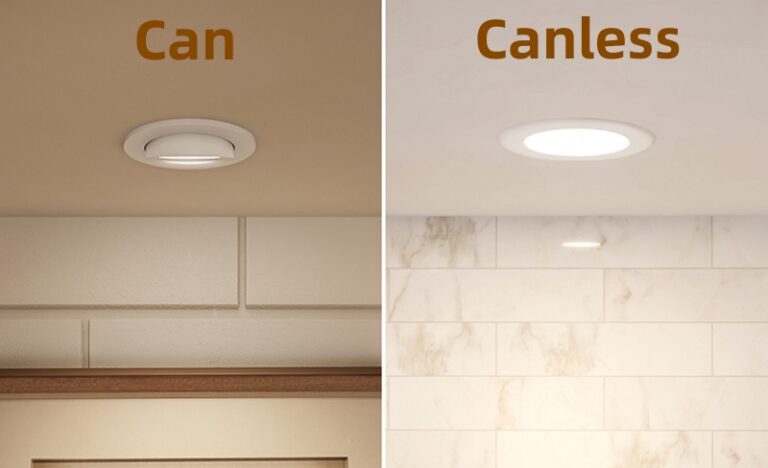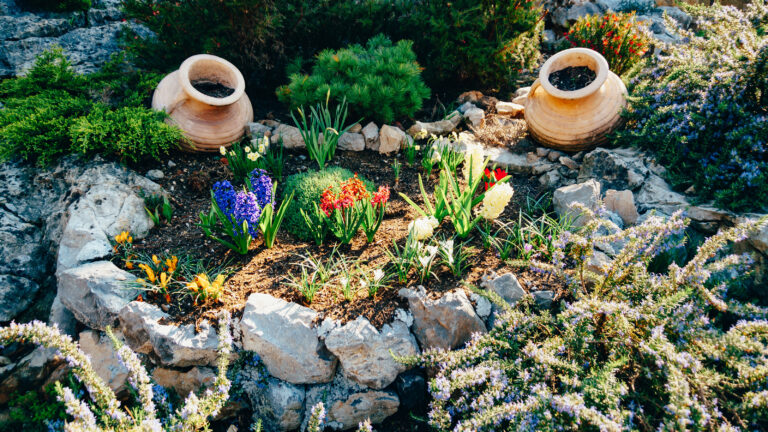What Is The Best Way To Keep Plants Alive?
The best way to keep plants alive is to provide them with the right amount of light, water, and nutrients. Plants need sunlight to photosynthesize and create energy for growth. Make sure to keep them in an area of the house with plenty of natural light, or invest in a grow-light if necessary. Watering plants regularly is essential to keeping them alive, as they need to absorb moisture through their roots. Depending on the type of plant, it may require more or less water, so make sure to research the species. Lastly, plants require nutrients to grow, so adding fertilizers or compost to the soil can help provide the vitamins and minerals needed. With the right combination of light, water, and nutrients, plants will thrive and remain healthy.
Understanding Plant Needs
As any plant enthusiast knows, the key to keeping plants alive is understanding their needs. Different plants have different requirements, so it is important to do research before making a purchase. Some plants require more sunlight, while others thrive in the shade. Knowing the right amount of water for each plant is also important, as is the type of soil and fertilizer. It is also important to recognize signs of stress, such as wilting, browning, or yellowing leaves. Plant care also involves creating an environment with the right temperature, humidity, and airflow. Taking all of these factors into account can help ensure that plants stay healthy and alive.
Watering Requirements
Watering requirements vary from plant to plant, and even the same species of plant may have different needs depending on the climate and season. To ensure your plants are receiving adequate hydration, it’s important to understand their individual needs and develop a watering schedule accordingly. For instance, succulents require less water than other types of plants and should only be watered when the soil has completely dried out. On the other hand, leafy plants may require more frequent watering, especially in dry climates. Additionally, take into account the size of your pot when watering; larger pots may need more water than smaller ones. Knowing when and how much to water your plants will ensure their health and vitality.
Soil Preparation
Soil preparation is a crucial step in keeping your plants alive and healthy. Good soil provides the roots with adequate nutrients, air, and water to help the plant grow. To ensure your plants are getting the best start, it is important to select the right type of soil and adequately prepare it before planting. Different kinds of plants may need different types of soil, so it is important to research which type of soil is best for each plant. Additionally, it is important to make sure the soil is well-aerated and free of unwanted weeds, pests, and diseases. To properly aerate the soil, add organic matter such as compost or mulch to create loose, well-drained soil. This will give the plant’s roots space to grow and access the nutrients they need. In addition to adding organic matter, it is also a good idea to use a soil amendment such as lime to balance the pH levels of the soil and help the plant absorb nutrients. With the proper soil preparation, you will be able to create a healthy home for your plants and ensure they have a better chance of surviving and thriving.
Sunlight Requirements
Having the right amount of sunlight is essential to keeping your plants alive. Different plants have different sunlight requirements, so it’s important to know how much sunlight your plants need. For instance, cacti and succulents require a lot of direct sunlight, while peace lilies and orchids prefer indirect sunlight or bright, filtered light. Depending on your location, you may need to supplement the natural sunlight with a grow light or use curtains to manage the amount of light your plants receive. Additionally, it’s important to rotate your plants to ensure they get the right amount of sunlight on all sides.
Plant Feeding
Plants need to be fed to stay healthy and flourishing. Depending on the species, plants may require different types of nutrients. For example, some plants require nitrogen to stay green and healthy while others require phosphorus. It is important to provide your plants with the proper nutrients and fertilizers to ensure their survival. When it comes to feeding your plants, there are a variety of options available. You can purchase pre-made plant fertilizer or make your own. Additionally, you can use compost, manure, or liquid fertilizer to provide your plants with the nutrients they need. It is important to research your plant and determine the best feeding option for it. When doing so, always take into consideration the type of soil, sunlight, temperature, water, and other environmental factors. With the right knowledge and proper feeding, you can keep your plants alive and well.
Temperature and Humidity
When it comes to keeping plants alive, temperature and humidity play an incredibly important role. Having the right temperature and humidity levels can help keep plants healthy and thriving. Too much humidity can promote the growth of fungi, while too little humidity can cause plants to become dry and brittle. It is important to find a balance between adequate humidity and temperature levels to keep plants alive.
When it comes to temperature, the most important factor is to make sure that the temperature is consistent. Most plants prefer temperatures between 65-80°F during the day and between 55-70°F at night. If the temperature drops too much, the plant may become stressed or even die.
Humidity is also an important factor when it comes to keeping plants alive. Most plants prefer a relative humidity between 40-50%. Too little humidity can cause the plant to become dry and brittle, and too much humidity can promote the growth of fungi and other organisms that can damage the plant.
The best way to keep plants alive is to maintain adequate temperature and humidity levels. This can be done by using a humidifier and a thermometer to monitor the temperature and humidity levels of your environment. Additionally, make sure that the soil remains moist, but not soggy, and that the plant has adequate access to sunlight. With the right combination of temperature, humidity, and sunlight, your plants can thrive and stay healthy.
Identifying Diseases and Pests
For many gardeners, identifying diseases and pests is one of the most challenging aspects of keeping plants alive. Diseases and pests have the potential to spread quickly and cause significant damage to plants, often resulting in death. Identifying diseases and pests can be a challenging task, but being able to recognize the symptoms of these issues can help gardeners take quick action to prevent further damage and destruction. Knowing how to identify common diseases, such as root rot, and some of the most common pests, such as aphids and slugs, is essential for effective plant care. Additionally, understanding the signs of nutrient deficiencies, such as yellowing leaves, can help gardeners determine what nutrients their plants need to stay healthy. With a little knowledge and effort, gardeners can keep their plants healthy and thriving.
Troubleshooting Tips
Taking care of plants can be a challenging and rewarding experience. With the right knowledge and tools, you can ensure your beloved plants stay healthy and vibrant for years to come. To give your plants the best chance of survival, there are some important troubleshooting tips to consider. Firstly, be sure to provide your plants with enough light. Different plants require different levels of sunlight, so be sure to research your specific plants’ needs. Secondly, be sure to water your plants regularly. Overwatering can be just as damaging as underwatering, so be sure to check the soil moisture levels before giving your plants a drink. Lastly, be sure to check your plants for pests or diseases. If left unchecked, these issues can quickly become out of control, so be sure to take action as soon as you notice any signs of trouble. With these tips in mind, you can confidently keep your plants alive and thriving for years to come.
FAQs About the What Is The Best Way To Keep Plants Alive?
1. What kind of light do plants need to stay alive?
Most plants need direct sunlight for at least six hours per day. If you don’t have direct sunlight, you can use a grow light to supplement the light your plants receive or choose plants that do well with low light.
2. How often should I water my plants?
The amount of water your plants need will depend on the type of plant as well as the temperature and amount of light they are receiving. Generally, you should water your plants when the top inch of soil feels dry to the touch.
3. Are there any helpful tools I can use to keep my plants alive?
Yes! A moisture meter or soil probe can help you determine when your plants need to be watered. You can also purchase self-watering pots to make it easier to keep track of your plants’ water levels.
Conclusion
The best way to keep plants alive is to provide a healthy environment with adequate light, moisture, temperature, and nutrients. Additionally, it is important to water the plants regularly and check for signs of pests or diseases. With proper care, plants can thrive and bring beauty and life to any space.

